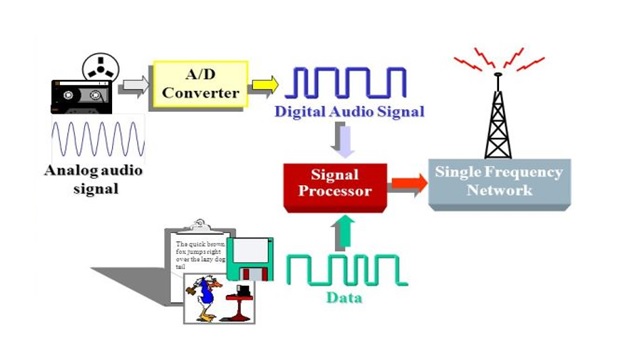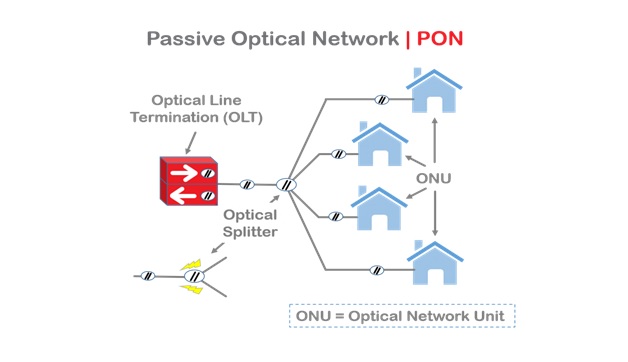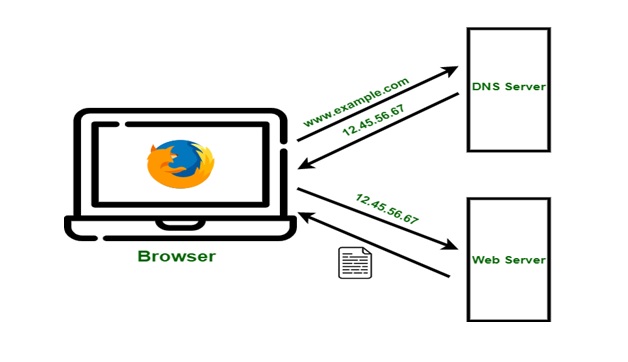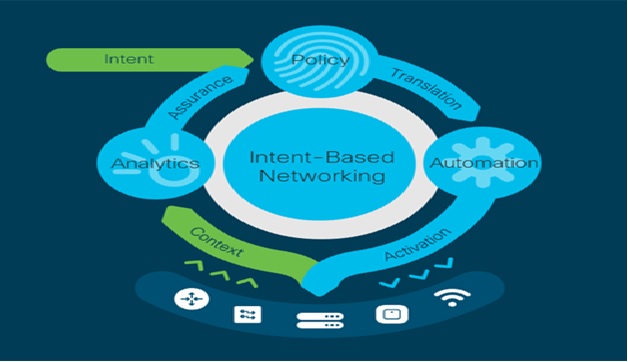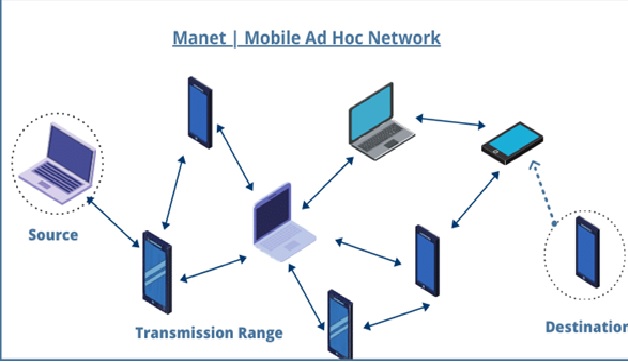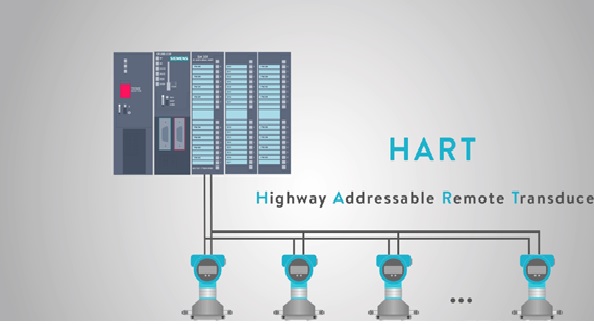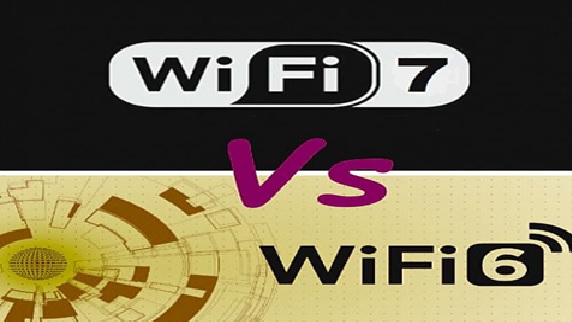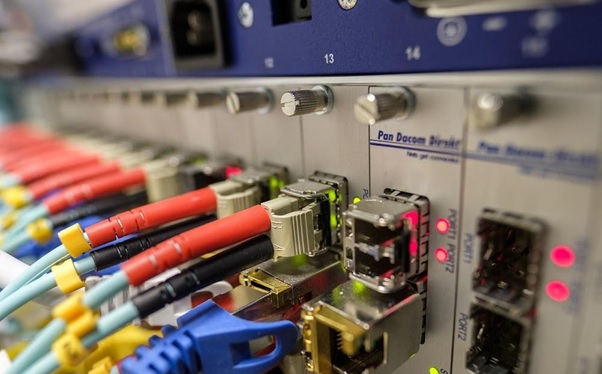Overview of Delay Tolerant Networking (DTN)
Delay Tolerant Networking (DTN) is a project of the US government’s National Aeronautics and Space Administration (NASA) to provide Wide Area Network (WAN) Internet access for the solar system, or reasonably so.
NASA has embarked on this project to retire the antiquated means of communicating extraterrestrially and to answer the advanced communication needs arising from, for example, the International Space Station (ISS). [1]

Figure 1. Overview of Delay Tolerant Networking (DTN)
Figure 1 shows DTN is a computer networking model and a system of rules for transmitting information, often referred to as a protocol suite, that extends the terrestrial Internet capabilities into the challenging communication environments in space where the conventional Internet does not work well. These environments are typically subject to frequent disruptions, links that are limited to one direction, possibly long delays and high error rates.
The DTN protocol suite can operate in tandem with the terrestrial IP suite or it can operate independently. DTN provides assured delivery of data using automatic store-and-forward mechanisms. Each data packet that is received is forwarded immediately if possible, but stored for future transmission if forwarding is not currently possible but is expected to be possible in the future. As a result, only the next hop needs to be available when using DTN. [2]
Advantages of delay-tolerant networks
DTN is a suite of protocols developed by the Delay & Disruption Tolerant Networking Research Group administered by the Internet Engineering Task Force (IETF). These protocols are versatile enough to operate either with terrestrial IP protocols or independently.
Terrestrial IP networks are based on store-and-forward operation. However, they assume that the storing will persist for only a modest amount of time, depending on the queuing and transmission delay.
DTN architecture expects nodes to store bundles for an extended period. Whenever possible, each received data packet is forwarded immediately. If forwarding is not currently possible but is expected to be possible in the future, the packet is stored for future transmission. Thus, when using DTN, only the next hop is required to be available. Delay-tolerant networking uses this automatic store-and-forward mechanism to assure data delivery, which conventional terrestrial networks cannot do.
Other important benefits of DTNs include the following:
- enabled interoperability of ground stations and spacecraft;
- more efficient data transmissions and more usable bandwidth;
- improved link reliability;
- support for integrity checks, authentication and encryption for more secure communications; and
- ability for many priority levels to be set for different data types for improved quality of service (QoS). [3]
References:
- https://www.hypr.com/disruption-tolerant-networking-dtn/
- https://www.nasa.gov/archive/content/dtn
- https://www.techtarget.com/searchnetworking/definition/delay-tolerant-network
Cite this article:
Thanusri swetha J (2021), Overview of Delay Tolerant Networking (DTN), AnaTechMaz, pp. 47



